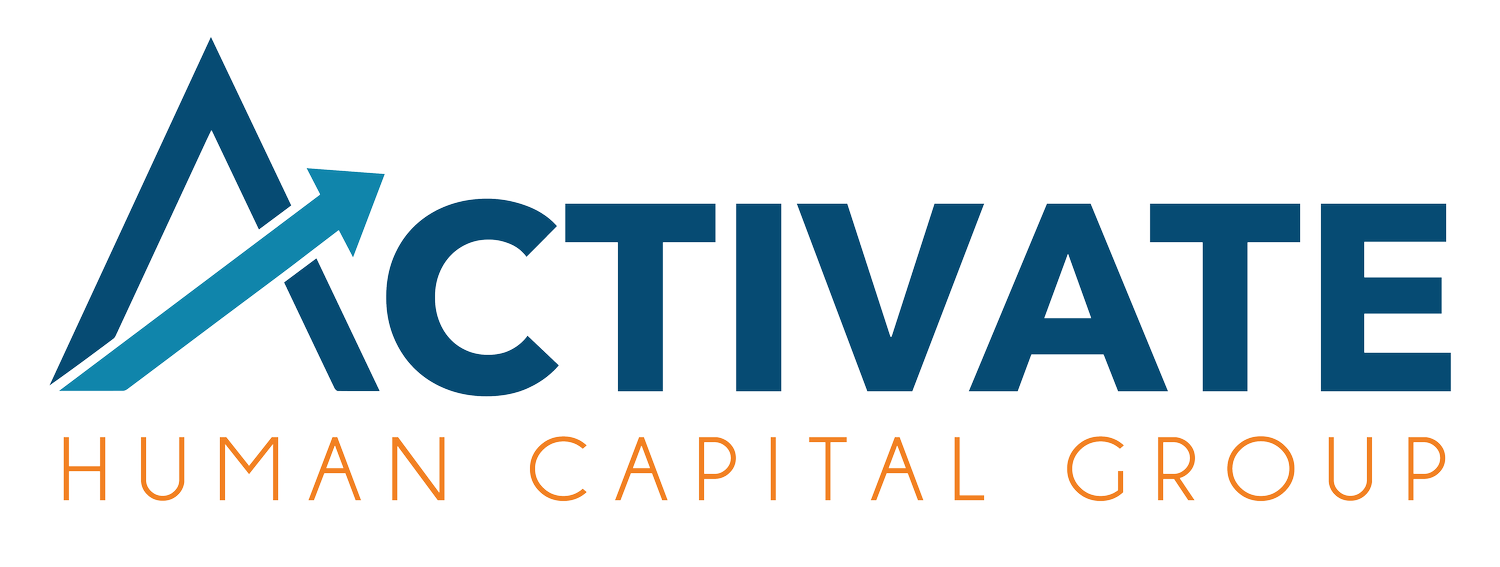Composing Your Symphony: Creating Harmonious Teams Through Mindful Management
"No one can whistle a symphony. It takes a whole orchestra to play it."
-H.E. Luccock
Composers throughout history – the Beethoven’s, Mozart’s, and Tchaikovski’s of the world – have created some of the greatest works of art known to humankind, lasting pieces of music still revered, played, and taught today. But their artistry and orchestration might not have had its impact if not for highly sophisticated levels of teamwork via collaboration between them and the musicians who brought their symphonies to life. Presumably, composing ensembles of musicians capable of lifting these legends’ notes from sheet music to sound in harmony with one another was just as important as composing the symphonies themselves.
Modern management can learn a few things from musical legends of days gone by. By playing to team members strengths, instituting clear-cut roles and responsibilities, and taking an adaptable approach to leadership, managers can empower their team members to work together harmoniously, creating symphonies and achieving success.
1. Play to their strengths and talents.
Just because the violinist and the cellist both play string instruments doesn’t mean they should play each other’s.
Employees with strong skillsets or talents in one area or another should be empowered to implement them and challenged to build upon their existing skills. Providing opportunities for them to do so will help them feel more comfortable, confident, and give them ownership over a set of tasks and responsibilities. With time and mastery, employees can become skill- or issue-area experts and share their knowledge and responsibilities with others through training.
2. Institute clear-cut roles and responsibilities.
A percussionist with a gentle touch would be best on the chimes, while one with a strong grip best bang the gong.
After learning individuals’ strengths, managers should define employees’ roles and responsibilities while still providing clear and robust opportunities for collaboration. Delineating these responsibilities will ensure that no one member of your team is over-worked or overwhelmed and can also work to encourage collaboration as individuals become point-people for their specific set of tasks and responsibilities.
3. Taking an adaptable approach to leadership.
Beethoven might want his solo flautist who missed a note on symphony night to practice a bit more before the next performance.
On any team – and in any workplace – mistakes are bound to be made by both management and employees themselves. Managers and team members will learn along the way what tasks they are most interested in – and which ones they are best equipped – to tackle. Ultimately, refining individuals’ roles and responsibilities overtime through progressive change will help create a work environment where employees and managers feel valued, enriched, and challenged to grow. Such an environment will benefit both individuals and the organization at large by increasing opportunities for growth, satisfaction, and success.
Through each of these steps, managers can work to form meaningful and lasting relationships with members of their team, cultivating trustworthiness and openness amongst one another. Once well-established, managers can hope that such things – playing to each other’s’ strengths, instituting clear roles, and being an adaptable leader – will merely become a part of theirs and their team’s nature and workplace culture.
At the end of the day, a world-class orchestra is a team, too. Activate Human Capital can help you and your team craft their symphony and achieve success. Our Talent Development services that can help you find the right people, align their roles with their abilities, and enable them to thrive.
Discover how Activate Human Capital Group can transform your workplace with our unique employee engagement strategies and strengths-based approach. Don't miss the chance to enhance your team's performance and satisfaction. Contact us today to start the conversation about your organization's future!

